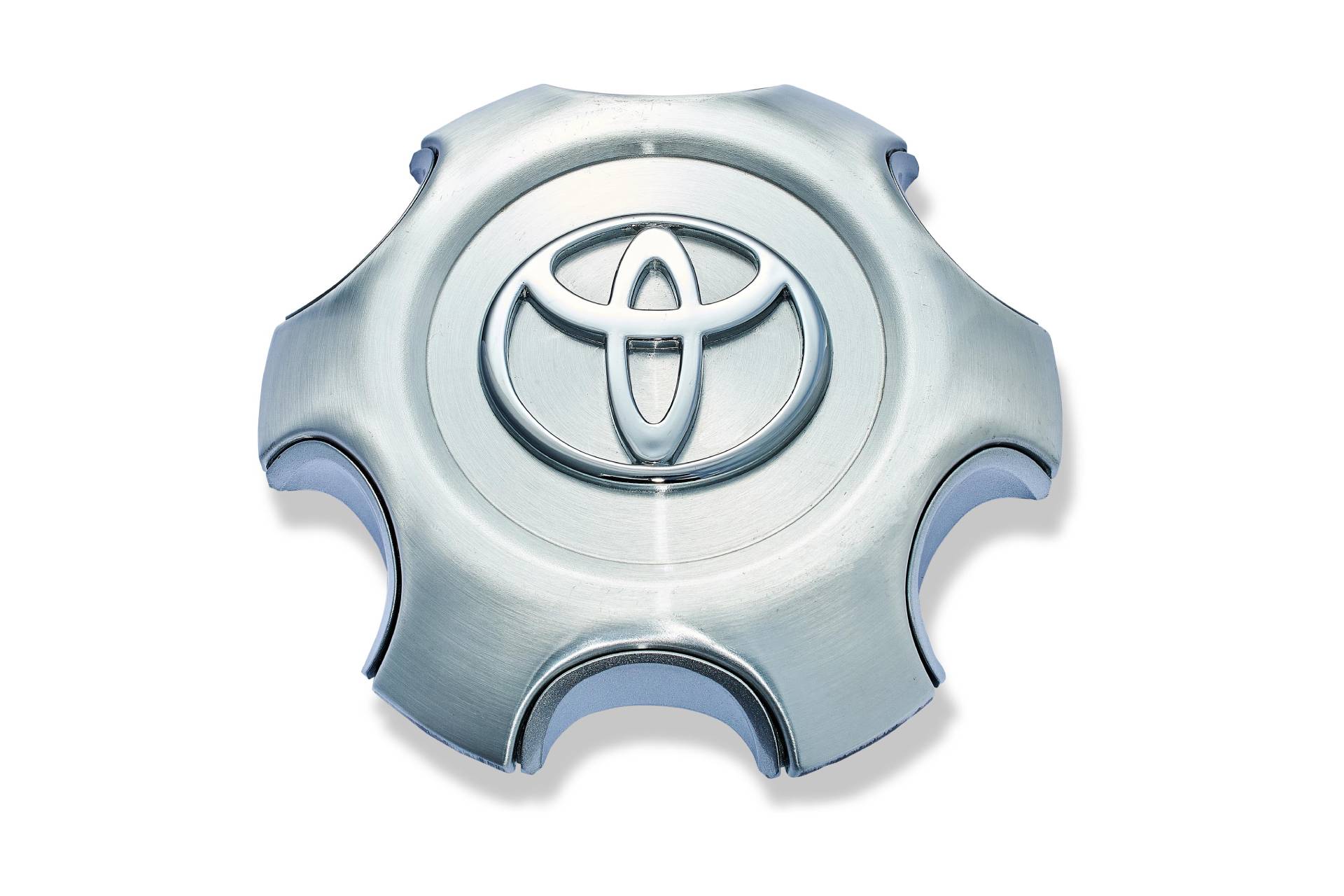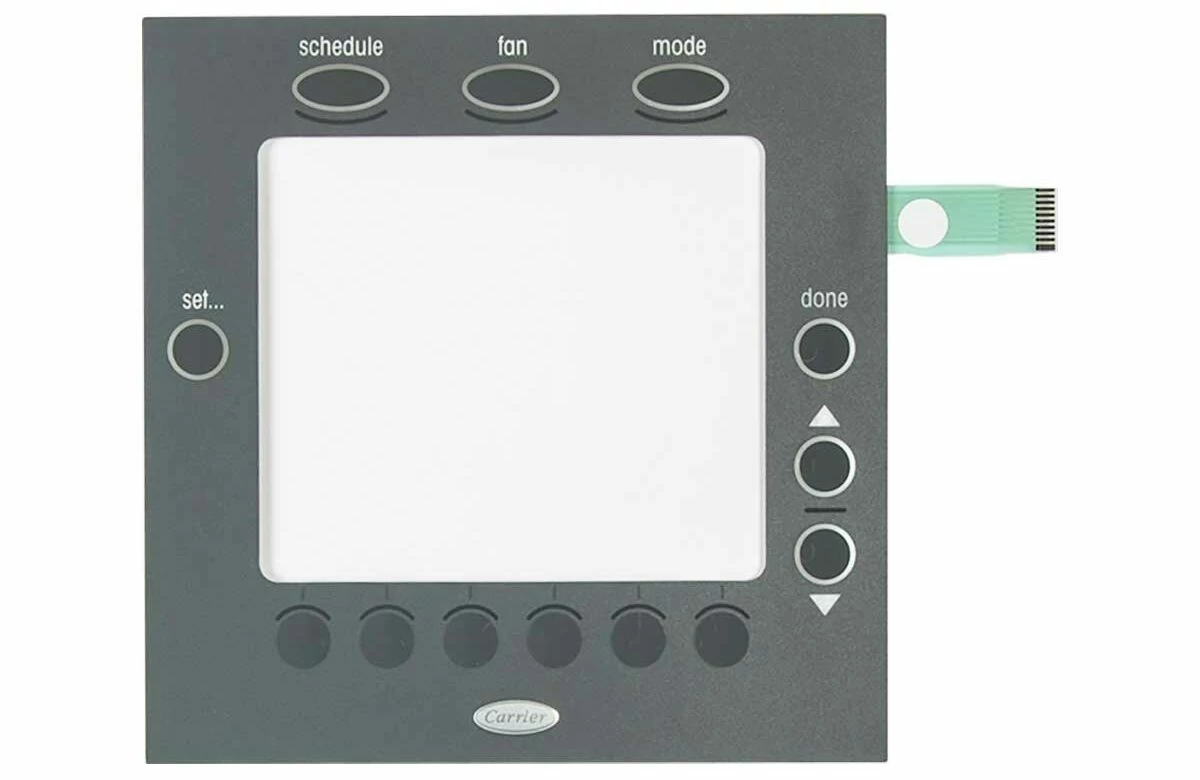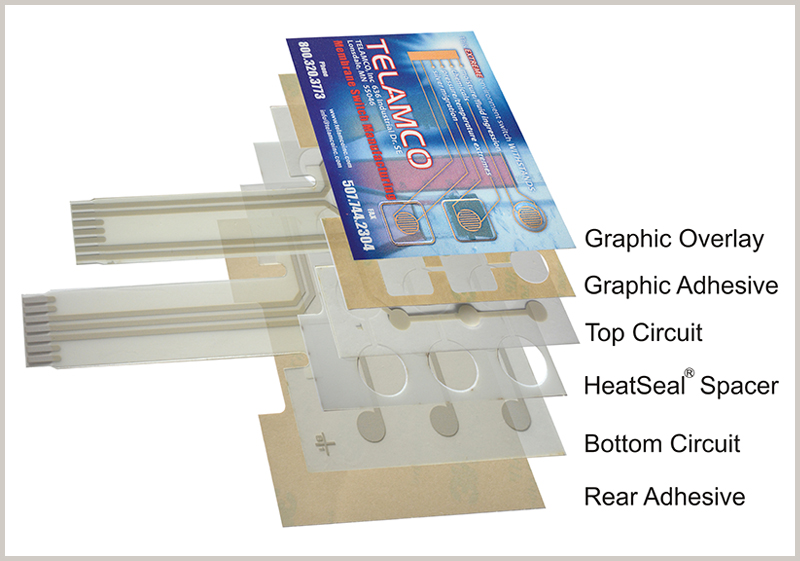Your Dependable Membrane Switch Manufacturer for Commercial Applications
Exactly How Membrane Switch Modern Technology Functions and Its Duty in Interface Design
Membrane button modern technology is an innovative approach that incorporates split materials for touch-sensitive input. When pushed, its design is composed of graphic overlays, conductive layers, and glue elements that connect. This communication not only completes an electric circuit but likewise affects the general user experience. Recognizing the complexities of this innovation discloses its substantial impact on interface design, provoking questions concerning its applications and future growths in numerous industries.
Understanding Membrane Switch Innovation
Membrane switch technology works as a critical element in modern-day user interface layout. This innovation integrates visuals overlays, touch-sensitive membranes, and circuit layers to develop a small, trusted input technique for various devices. The design usually is composed of several layers, consisting of a printed graphic layer that enables users to engage with the tool via tactile responses. Membrane switches are understood for their longevity, resistance to dampness, and simplicity of cleansing, making them appropriate for atmospheres where conventional mechanical switches may fall short. Their low-profile layout makes it possible for seamless combination right into gadgets, contributing to a streamlined appearance. Additionally, Membrane switches can be customized with various colors, structures, and icons, boosting customer experience and visual appeal. This flexibility makes them preferred in customer electronic devices, clinical tools, and commercial controls, where user-friendly communication is essential. On the whole, Membrane button innovation stands for a significant improvement in exactly how users engage with digital user interfaces.
Trick Parts of Membrane Changes
Membrane switches contain a number of key parts that add to their capability and design. The conductive layer materials, adhesive and support layers, and graphic overlay layout each play a crucial duty in making certain excellent efficiency and individual communication. Understanding these parts is necessary for efficient individual interface design.
Conductive Layer Products
Conductive layer products play a necessary function in the capability and dependability of Membrane switches. These products are accountable for finishing electric circuits when pressure is put on the switch. Generally, a combination of conductive inks, such as silver or carbon, is used to produce these layers. Silver conductive ink is favored for its exceptional conductivity and toughness, while carbon ink is commonly used for economical applications. The selection of material affects not only the electric efficiency yet likewise the general life-span of the switch. In addition, the thickness and structure of conductive layers can influence responsive responses and button actuation. Picking the proper conductive material is essential for guaranteeing perfect performance in varied interface applications.
Adhesive and Assistance Layers
Sticky and support layers are essential elements that add to the structural integrity and performance of Membrane buttons. These layers give a robust foundation, making sure that the different aspects of the Membrane switch stay securely bonded and appropriately aligned throughout their functional life. The glue layer assists in the add-on of the button to the underlying surface, providing durability against environmental elements such as dampness, temperature variants, and mechanical stress. On the other hand, assistance layers boost the button's rigidity, protecting against contortion throughout usage and contributing to a consistent responsive response. Together, these components play a vital role in keeping the efficiency and longevity of Membrane buttons, inevitably influencing the overall customer experience in interface layout.
Graphic Overlay Style
Usually overlooked, visuals overlay style plays a necessary function in the functionality and aesthetics of Membrane switches. This design mainly works as the interface in between the customer and the electronic devices, giving both visual charm and functional clarity. Effective graphic overlays utilize shade, typography, and symbols to lead users in recognizing and maneuvering controls device features. Additionally, the choice of materials influences resilience and tactile comments, making sure the overlay stands up to wear while maintaining a pleasurable user experience. Additionally, accurate alignment of the overlay with the underlying parts is crucial for ideal performance. Finally, thoughtful visuals overlay style enhances functionality, adds to brand identity, and ultimately affects user contentment in devices using Membrane switch technology.
The Manufacturing Process of Membrane Switches Over
The production process of Membrane changes includes a number of essential steps that ensure performance and toughness. A graphic overlay is developed, incorporating user interface aspects and branding. This overlay is published onto an adaptable substrate, usually polyester or polycarbonate, utilizing accuracy printing techniques to ascertain clarity and color accuracy.Next, sticky layers are used, adhered to by the assimilation of conductive traces, often made from silver or carbon, which are essential for electrical connection. These traces are etched or screen-printed onto a different layer. Hereafter, a spacer layer is added to produce the required gap in between the circuit and the overlay layer, permitting for responsive comments when activated.Finally, the parts are assembled and examined for quality control, assuring that each Membrane button fulfills the needed specifications for efficiency and integrity. This precise procedure causes a durable item suited for various applications in customer interface style.
Advantages of Using Membrane Changes

Membrane switches over offer countless advantages that make them a preferred choice in user interface layout. One substantial advantage is their lightweight and small nature, permitting structured designs in numerous applications. Furthermore, Membrane switches supply a sealed user interface, protecting versus dust, dampness, and contaminants, which improves durability and integrity. They are also highly adjustable, enabling designers to develop one-of-a-kind graphics and layouts tailored to details customer needs.Another benefit is their cost-effectiveness, as they usually require much less material and labor compared to traditional buttons. The responsive responses of Membrane switches can be engineered to improve customer this hyperlink experience, providing an enjoyable response without the bulk of mechanical elements. In addition, Membrane switches can be quickly incorporated right into diverse environments, such as medical gadgets, commercial equipment, and consumer electronic devices. Generally, these benefits highlight the expanding appeal of Membrane buttons in modern customer interface style.
Applications in Various Industries
Commonly used across numerous sectors, Membrane switch innovation has discovered its area in applications varying from medical devices to customer electronic devices. In the health care sector, these switches are integral to devices such as analysis equipment and patient surveillance systems, offering sturdy, easy-to-clean interfaces that hold up against sterilization procedures. The auto sector employs Membrane buttons in control panels and control board, providing reputable operation in challenging environments.Consumer electronics, including home devices and pc gaming consoles, take advantage of the smooth layout and customizability of Membrane switches, improving user communication. Additionally, commercial equipment utilizes these switches for control board, guaranteeing resistance to dust and wetness while maintaining functionality.Moreover, the aerospace and armed forces fields use Membrane switches for rugged applications, where integrity and performance are crucial. Overall, Membrane button innovation offers diverse sectors by integrating functionality, durability, and aesthetic charm, making it a flexible option for modern-day customer interfaces.

Creating Customer User Interfaces With Membrane Switches Over
When creating interface with Membrane switches, mindful consideration of both functionality and aesthetics is vital. Membrane switches offer a streamlined, inconspicuous layout that can boost aesthetic charm while maintaining use. Designers have to concentrate on button layout, making certain instinctive positioning for simplicity of operation. The responsive responses imp source supplied by the Membrane switch is crucial; it can affect customer fulfillment and general experience.Additionally, color and visuals aspects need to align with the brand name identification, strengthening acknowledgment and experience. Choosing long lasting materials that stand up to wear and tear is likewise crucial, as durability contributes to use in time. Incorporating backlighting can enhance visibility in numerous illumination conditions, further boosting user interaction. Inevitably, a well-designed Membrane switch interface equilibriums both form and feature, ensuring that the customer experience is both effective and interesting, satisfying the needs of diverse applications throughout markets.
Future Fads in Membrane Switch Technology
As Membrane button innovation progresses, the integration of wise capabilities is becoming progressively prominent. These advancements allow enhanced interactivity and connection within interface (membrane switch manufacturer). Furthermore, the change towards eco-friendly materials shows an expanding dedication to sustainability in design methods
Smart Membrane Switches Over

Eco-Friendly Products Use
Amidst the improvements in Membrane switch modern technology, a substantial pattern is arising in the direction of making use of environmentally friendly products. Makers are progressively prioritizing sustainability by incorporating eco-friendly plastics and safe inks, minimizing environmental influence. This change not just aligns with worldwide ecological criteria yet also addresses consumer demand for greener products. Advancements in product science have actually made it possible for the development of durable, green alternatives that maintain efficiency without compromising quality. These materials provide similar performance to standard choices while lessening waste and poisoning. As markets come to be extra eco-conscious, the assimilation of lasting methods in Membrane switch production is anticipated to rise, enhancing a dedication to environmental responsibility and paving the means for even more lasting interface remedies in the future.
Frequently Asked Inquiries
Exactly How Do Membrane Switches Over Differ From Conventional Mechanical Buttons?
Membrane switches vary from standard mechanical buttons mainly in building and construction and operation. They use flexible layers that produce a sealed interface, whereas mechanical switches depend on physical activity and get in touch with, leading to distinctive longevity and tactile comments characteristics.
Can Membrane Switches Over Be Personalized for Particular Applications?
Membrane buttons can indeed be tailored for specific applications - membrane switch manufacturer. Makers develop them to meet unique demands, permitting for customized layouts, graphics, and capabilities that enhance individual communication and fit certain operational needs successfully
What Is the Life expectancy of a Membrane Layer Switch?
The life expectancy of a membrane layer button typically ranges from 1 to 5 million actuations, depending on aspects such as worldly quality, environmental conditions, and use regularity. Regular testing can assist establish its longevity and integrity in applications.
Are Membrane Changes Water Resistant or Immune to Chemicals?
Membrane switches can be designed to be immune and water resistant to chemicals, relying on the products used and producing processes. Proper sealing and protective finishes improve their longevity in various ecological conditions and applications.
How Do Membrane Switches Impact Gadget Energy Usage?
Membrane switches can considerably influence tool energy usage by making sure effective operation. Their low power explanation requirements during activation aid minimize power use, adding to longer battery life and total better performance in digital devices. Membrane buttons are recognized for their longevity, resistance to dampness, and convenience of cleansing, making them appropriate for settings where typical mechanical buttons might fall short. The auto market utilizes Membrane switches in control panels and control panels, supplying reliable procedure in challenging environments.Consumer electronic devices, including home devices and pc gaming consoles, benefit from the smooth style and customizability of Membrane buttons, improving customer interaction. Additionally, commercial machinery uses these switches for control panels, guaranteeing resistance to dirt and moisture while maintaining functionality.Moreover, the aerospace and army markets use Membrane buttons for tough applications, where integrity and performance are crucial. The advancement of Membrane switch innovation is entering an amazing phase with the emergence of clever Membrane buttons, which integrate advanced attributes and performances. Membrane switches vary from traditional mechanical switches largely in building and operation.